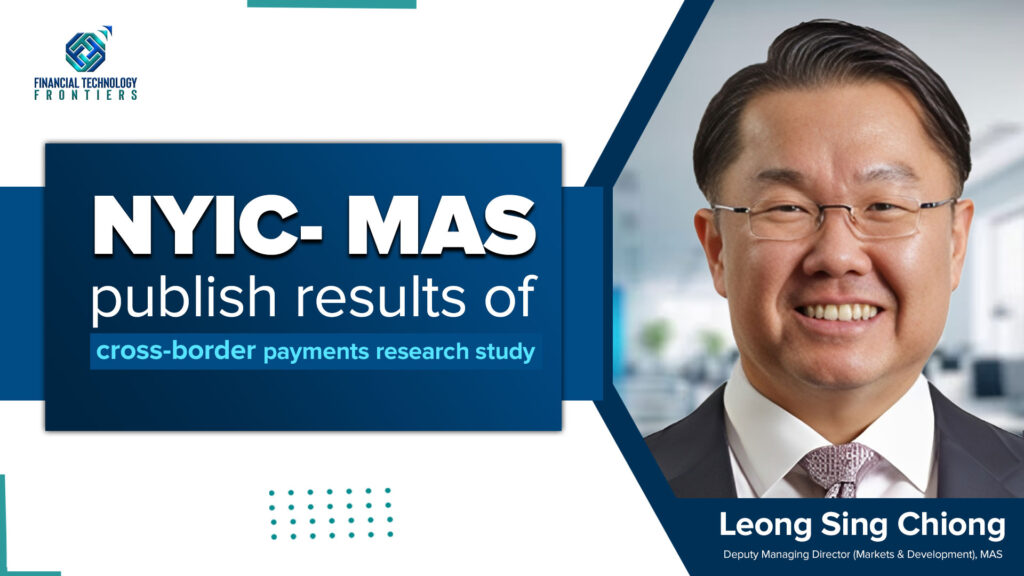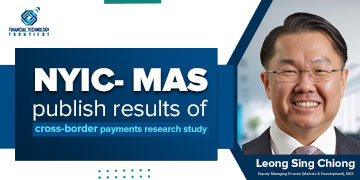
The Federal Reserve Bank of New York Innovation Center (NYIC) and the Monetary Authority of Singapore (MAS) have published a research report detailing the results of the joint Project Cedar Phase II x Ubin+ (Cedar x Ubin+) experiment. The Cedar x Ubin+ experiment examined whether distributed ledger technology (DLT) could be used to improve the efficiency of cross-border wholesale payments and settlements involving multiple currencies.
The technical research experiment built on previous phases of the NYIC’s Project Cedar research and the MAS’ Ubin+ initiative. It examined a cross-border multi-currency use case in which vehicle currencies are used as a bridge to exchange currency pairs that are not widely traded. Specifically, Cedar x Ubin+ explored the ability of DLT to establish connectivity across heterogeneous simulated currency ledgers, reduce settlement risk, and decrease settlement time. The experiment was conducted in a test environment and the hypothetical payments were settled using simulated wholesale central bank digital currencies.“Cross-border payments are a major railway for facilitating the functioning of the global economy” said Michelle Neal, Head of the Markets Group at the New York Fed. “Our research collaboration with the MAS reveals key opportunities for central bank innovation to play an important role in easing wholesale payment flows globally and improving settlement outcomes.”Leong Sing Chiong, Deputy Managing Director (Markets & Development), MAS, said “The Cedar x Ubin+ experiment envisages a future digital currency landscape where central banks can enable interoperability of wholesale CBDCs to facilitate more efficient cross-border payment flows including for less liquid currencies, without requiring a common infrastructure.”The Cedar x Ubin+ experiment demonstrated that DLT could support enhancements to cross-border multi-currency payments and settlements. The findings addressed three key pain points related to network interoperability and autonomy, settlement, and speed:
-
Interoperability and Autonomy: The Cedar x Ubin + experiment interlinked the distinct central bank currency ledgers, providing flexibility in the design and operation of each ledger to the respective central bank. This enabled payments to be safely executed across multiple ledgers without the need for a central clearing authority or the establishment of a shared central network.
-
Atomic Settlement: The simulated payments were settled atomically, meaning transactions were only settled if all legs in the cross-currency payment chains were executed successfully. This improved the certainty of settlement, addressing existing pain points such as counterparty risks.
-
Near Real-Time Settlement: Each simulated payment scenario achieved end-to-end settlement in under thirty seconds on average. This enabled participants to be notified of a payment’s success in a matter of seconds.
The study revealed research areas for future experimentation and analysis, including around the viability of the network solution to manage transaction volumes at scale, with potentially, an increase in payments settled per second and the involvement of additional currencies supported by their corresponding central bank ledgers.




